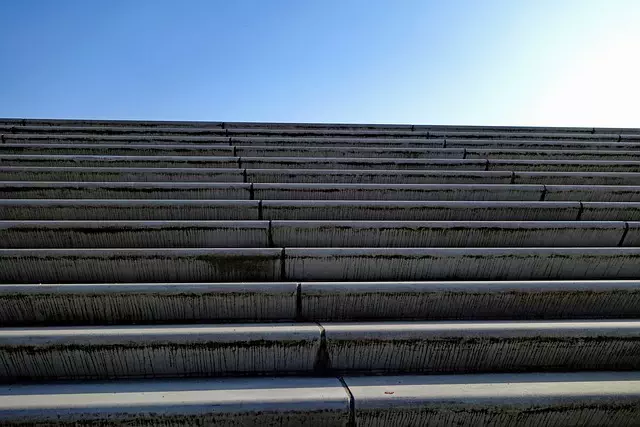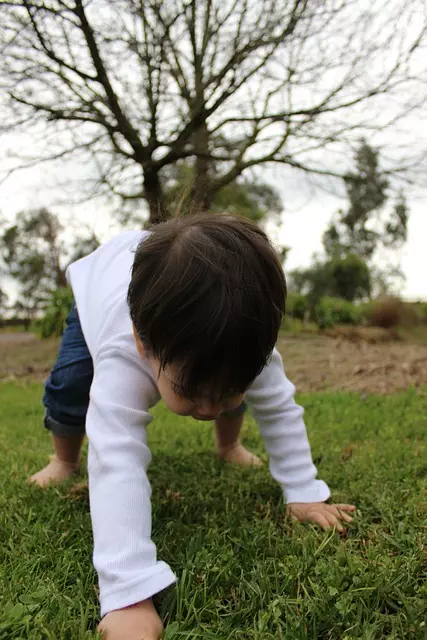Designing custom steps with built-in planters in Oak Harbor, Ohio requires a balance of functionality and aesthetics. Considering site topography, material choices (concrete, wood, or metal), and planter sizes ensures steps complement outdoor living areas. Client consultations guide design, incorporating accessibility needs and personalized preferences. Planters add visual interest and practicality, seamlessly integrating with surrounding landscapes and architecture. Material selection is crucial based on durability, maintenance, and aesthetic appeal, offering concrete, wooden, or metal options for custom concrete steps Oak Harbor Ohio, custom wooden steps, and custom metal steps.
“Elevate your outdoor space with custom steps that double as functional works of art. This comprehensive guide explores the planning and design considerations behind these tailored features, from understanding client needs to choosing durable materials. We delve into the creation of custom concrete steps in Oak Harbor, Ohio, highlighting pouring techniques and integrated planter designs. Additionally, we examine wooden and metal step construction, offering insights into sourcing materials, construction methods, and maintenance tips for a range of appealing and long-lasting options.”
- Planning and Design Considerations for Custom Steps
- – Understanding client needs and preferences
- – Incorporating planters into step design: functionality and aesthetics
- – Choosing materials: concrete, wood, and metal benefits and limitations
Planning and Design Considerations for Custom Steps
When planning custom steps with built-in planters in Oak Harbor, Ohio, whether opting for concrete, wood, or metal, thoughtful design considerations are key. First and foremost, assess the site’s topography and existing structures to determine the best placement and angle for your steps. This ensures both functional accessibility and harmonious integration into the landscape.
Consideration should also be given to the overall aesthetic you wish to achieve. Custom wooden steps can add a touch of natural warmth, while metal steps offer a modern, industrial flair. Built-in planters then enhance this design by introducing greenery, creating visual interest, and potentially offering additional seating or a small garden space. Plan the arrangement of planters alongside your chosen step material for a cohesive look that complements your outdoor living area.
– Understanding client needs and preferences
When crafting custom steps with built-in planters, understanding client needs and preferences is paramount. Each project begins with a consultation to grasp the homeowner’s vision, whether they envision sleek metal steps that complement modern architecture or rustic wooden steps harmonizing with their oak trees. This process involves discussing key elements like step height, depth, material choices, and planter sizes. Customization goes beyond aesthetics; it addresses practical considerations such as accessibility, safety, and integration with existing landscapes.
For instance, clients in Oak Harbor, Ohio, may seek steps that double as seating areas or those designed to accommodate wheelchairs. By listening attentively to these needs, we can create not just visually appealing structures but also functional ones tailored to the specific environment and lifestyle of each client. This personalized approach ensures satisfaction and enhances the overall experience for everyone involved, from design to installation.
– Incorporating planters into step design: functionality and aesthetics
Incorporating planters into step design offers a unique blend of functionality and aesthetics, enhancing both the visual appeal and practicality of outdoor spaces. Whether crafted from custom concrete steps in Oak Harbor, Ohio, custom wooden steps, or custom metal steps, these integrated planters provide a creative solution for adding greenery and cultivating plants directly where people walk and gather.
The strategic placement of planters within steps allows for a seamless transition between hardscape and landscape elements, creating a harmonious and inviting atmosphere. Customizable materials and designs enable homeowners and designers to match the planter style with surrounding architecture and landscaping. Furthermore, these integrated features offer practical benefits, such as improved drainage and easier maintenance, ensuring that plants thrive while the steps remain functional and durable.
– Choosing materials: concrete, wood, and metal benefits and limitations
When designing custom steps with built-in planters, the choice of materials plays a significant role in aesthetics and functionality. Concrete offers durability and versatility, allowing for intricate designs and easy integration of planters. It’s an excellent option for outdoor spaces, especially in areas like Oak Harbor, Ohio, known for its robust weather conditions. However, concrete can be cold and may require additional heating or insulation for planter beds during colder months.
Wooden steps bring a natural charm and warmth to any landscape. Custom wooden steps are highly customizable, offering various styles and finishes. They are an ideal choice for creating cozy and inviting entryways or pathways. Yet, wood is more susceptible to the elements, requiring regular maintenance like sealing and staining to protect against rot and insect damage. Metal steps, often made of aluminum or steel, are known for their longevity and low-maintenance nature. They can withstand extreme temperatures and harsh weather conditions, making them a popular choice for those seeking a low-upkeep option. However, metal may not offer the same aesthetic appeal as wood and concrete, and its initial cost is typically higher.


